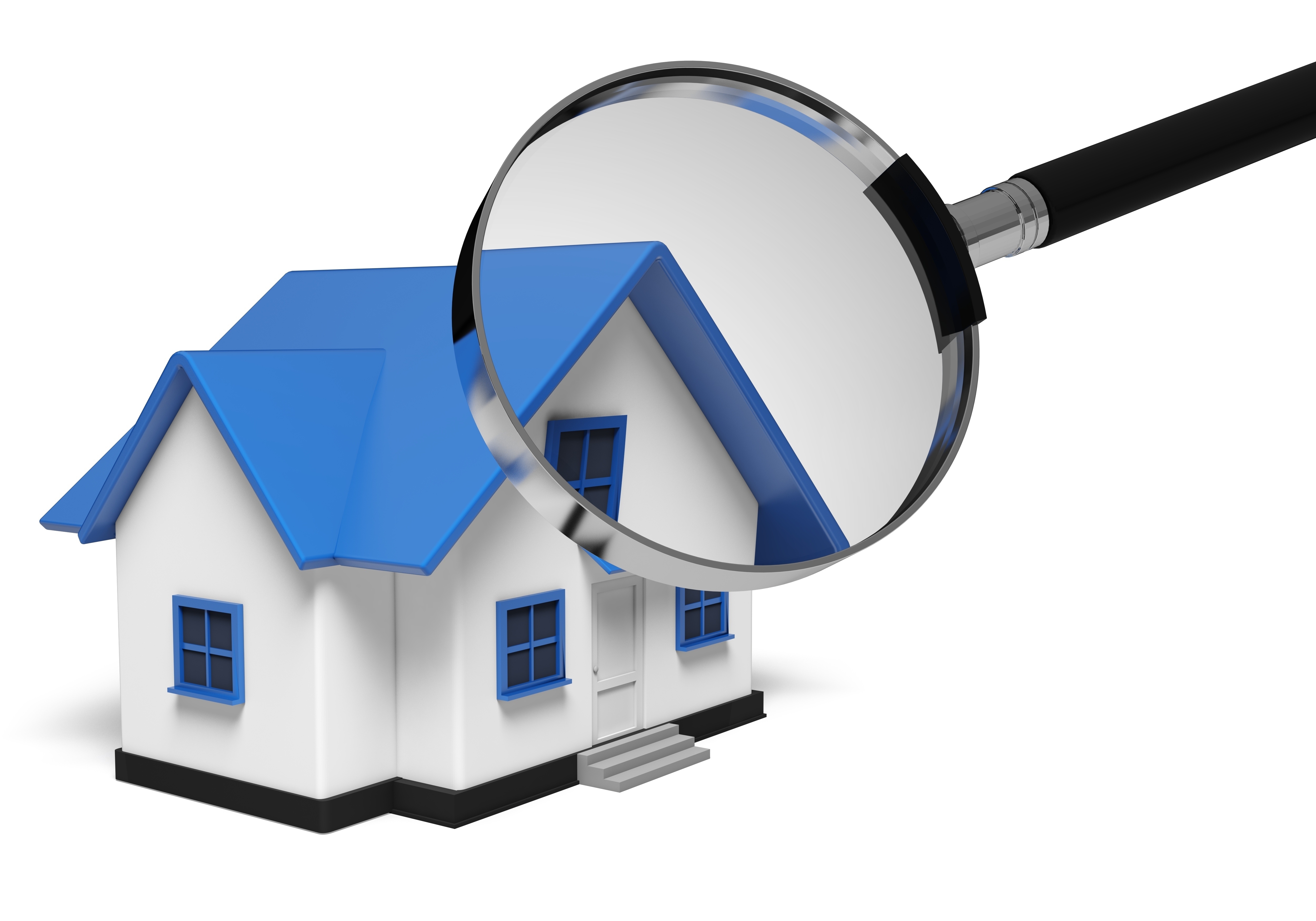
Understanding AppraisalsPurchasing a home can be the most significant investment many of us will ever make. Whether it's where you raise your family, an additional vacation property or an investment, purchasing real property is an involved financial transaction that requires multiple people working in concert to pull it all off. Practically all the participants are quite familiar. The real estate agent is the most familiar person in the transaction. Then, the bank provides the money necessary to finance the deal. And ensuring all details of the sale are completed and that the title is clear to transfer to the buyer from the seller is the title company. So, what party is responsible for making sure the property is worth the amount being paid? This is where you meet the appraiser. We provide an unbiased estimate of what a buyer could expect to pay — or a seller receive — for a property, where both buyer and seller are informed parties. A licensed, certified, professional appraiser from Randolph Appraisals LLC will ensure, you as an interested party, are informed. Inspecting the subject propertyTo ascertain the true status of the property, it's our responsibility to first complete a thorough inspection. We must see aspects of the property first hand, such as the number of bedrooms and bathrooms, the location, amenities, etc., to ensure they truly are there and are in the shape a reasonable person would expect them to be. The inspection often includes a sketch of the house, ensuring the square footage is correct and illustrating the layout of the property. Most importantly, the appraiser looks for any obvious features - or defects - that would have an impact on the value of the property. Back at the office, an appraiser uses two or three approaches to determining the value of real property: a sales comparison, a replacement cost calculation, and an income approach when rental properties are prevalent. 
Replacement CostThis is where the appraiser pulls information on local construction costs, the cost of labor and other factors to derive how much it would cost to replace the property being appraised. This value often sets the upper limit on what a property would sell for. The cost approach is also the least used predictor of value. 
Paired Sales AnalysisAppraisers can tell you a lot about the subdivisions in which they appraise. They thoroughly understand the value of particular features to the residents of that area. Then, the appraiser looks up recent transactions in the area and finds properties which are 'comparable' to the real estate being appraised. By assigning a dollar value to certain items such as upgraded appliances, additional bathrooms, additional living area, quality of construction, lot size, we add or subtract from each comparable's sales price so that they more accurately portray the features of subject.
A valid estimate of what the subject could sell for can only be determined once all differences between the comps and the subject have been evaluated. When it comes to associating a value with features of homes in Saint Marys and Auglaize, Randolph Appraisals LLC can't be beat. The sales comparison approach to value is most often given the most importance when an appraisal is for a home sale. Valuation Using the Income ApproachA third way of valuing a property is sometimes used when a neighborhood has a reasonable number of rental properties. In this case, the amount of revenue the property generates is factored in with other rents in the area for comparable properties to derive the current value. Arriving at a Value ConclusionAnalyzing the data from all approaches, the appraiser is then ready to document an estimated market value for the subject property. The estimate of value at the bottom of the appraisal report is not always the final sales price even though it is likely the best indication of a property's valuePrices can always be driven up or down by extenuating circumstances like the motivation or urgency of a seller or 'bidding wars'. Regardless, the appraised value is typically employed as a guideline for lenders who don't want to loan a buyer more money than the property is actually worth. At the end of the day, an appraiser from Randolph Appraisals LLC will guarantee you get the most accurate property value, so you can make the most informed real estate decisions. |